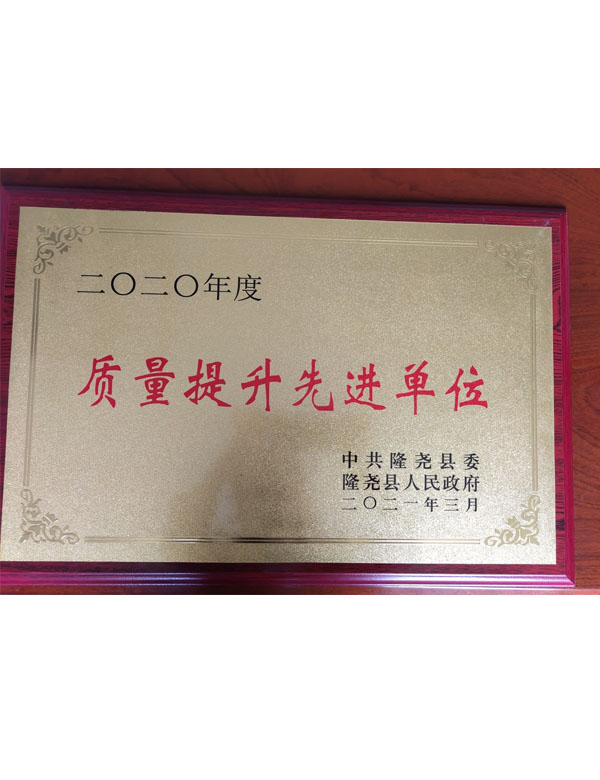Polyacrylamide Flocculant - High-Performance Water Treatment Solutions
Polyacrylamide Flocculant An Overview
Polyacrylamide (PAM) is a synthetic polymer that has gained significant attention in a variety of industrial applications due to its excellent flocculating properties. This polymer is primarily produced from the polymerization of acrylamide monomers and is widely used in water treatment, mining, paper manufacturing, and soil conditioning. The effectiveness of polyacrylamide as a flocculant stems from its ability to facilitate the agglomeration of suspended particles, leading to the formation of larger aggregates or flocs that can be easily separated from liquids.
Polyacrylamide Flocculant An Overview
In water treatment processes, polyacrylamide is predominantly used to enhance the clarification of water by aiding in the removal of turbidity and suspended solids. This is particularly important in municipal wastewater treatment plants, where the efficiency of flocculation directly impacts the quality of the treated effluent. By promoting the aggregation of particles, PAM not only improves solid-liquid separation but also reduces the volume of sludge generated during treatment.
polyacrylamide flocculant

In the mining industry, polyacrylamide is utilized to separate valuable minerals from ores through a process called froth flotation. Its ability to improve the settling rates of slurries translates to increased recovery yields for mining operators. Likewise, in paper manufacturing, PAM plays a crucial role in the fiber retention process, reducing the loss of fibers in the pulp and enhancing the overall quality of the paper produced.
Moreover, in agriculture, polyacrylamide is employed as a soil conditioner to reduce erosion and increase water retention in arid and semi-arid regions. By improving soil structure, PAM not only enhances crop yields but also contributes to sustainable agricultural practices.
While polyacrylamide offers numerous benefits, it is essential to use it judiciously. Concerns have been raised regarding the environmental impact of acrylamide, particularly its potential to release small amounts of the monomer, which is considered a neurotoxin. This has led to increased regulatory scrutiny and the development of alternatives in certain applications.
In conclusion, polyacrylamide flocculant stands as a formidable tool in various industries, offering significant improvements in efficiency and effectiveness of processes ranging from water treatment to mineral recovery and agriculture. As research continues and regulations evolve, the development of safer, more environmentally friendly formulations will likely further enhance the role of PAM in sustainable industrial practices.
-
The Power of Isothiazolinones in Modern ApplicationsNewsMay.08,2025
-
Flocculants in Water TreatmentNewsMay.08,2025
-
Flocculants and Chemical Solutions: What You Need to KnowNewsMay.08,2025
-
Flocculants and Chemical Solutions: A Growing IndustryNewsMay.08,2025
-
Essential Chemicals: Polymaleic Anhydride and MoreNewsMay.08,2025
-
Acrylic Polymers: Essential Solutions for IndustryNewsMay.08,2025





